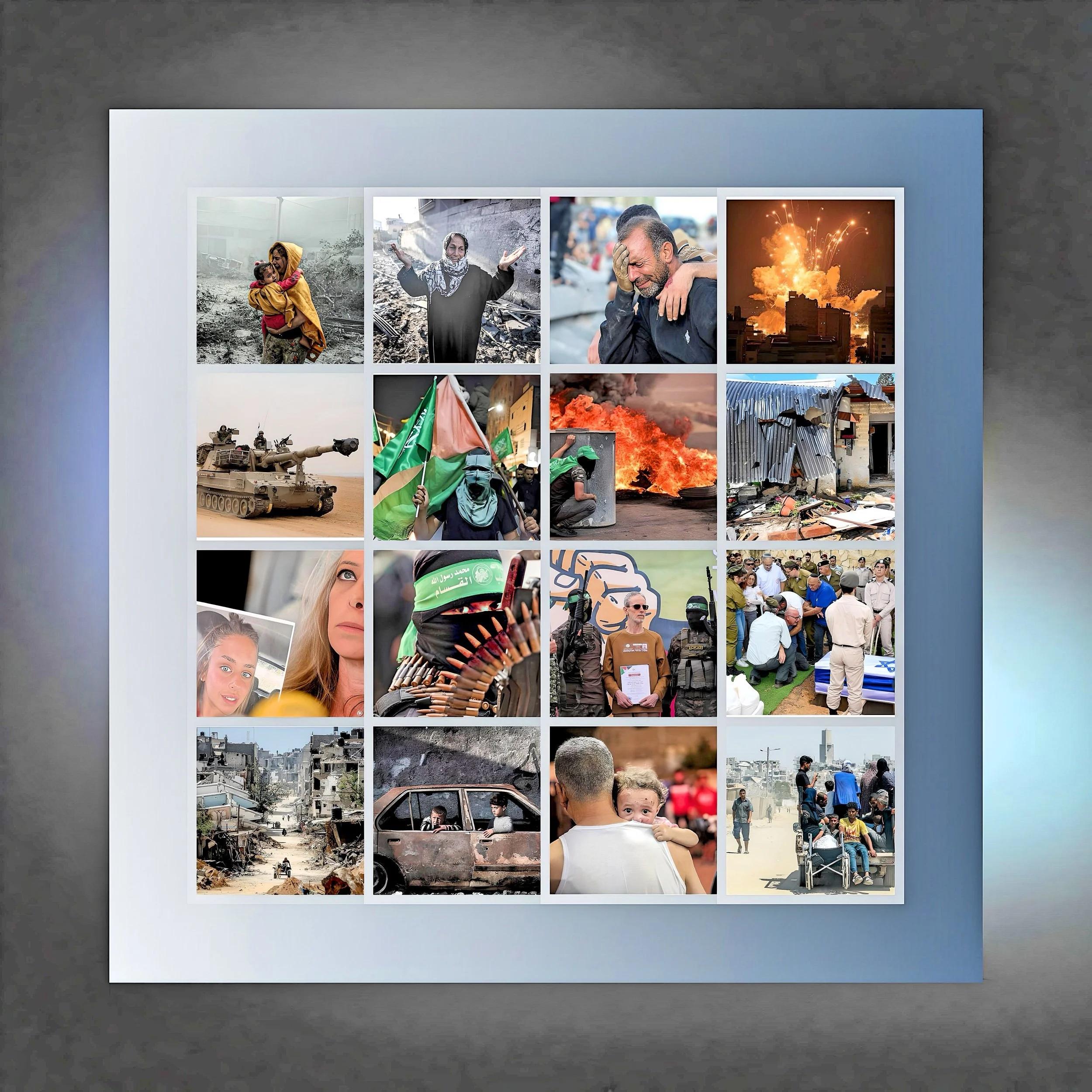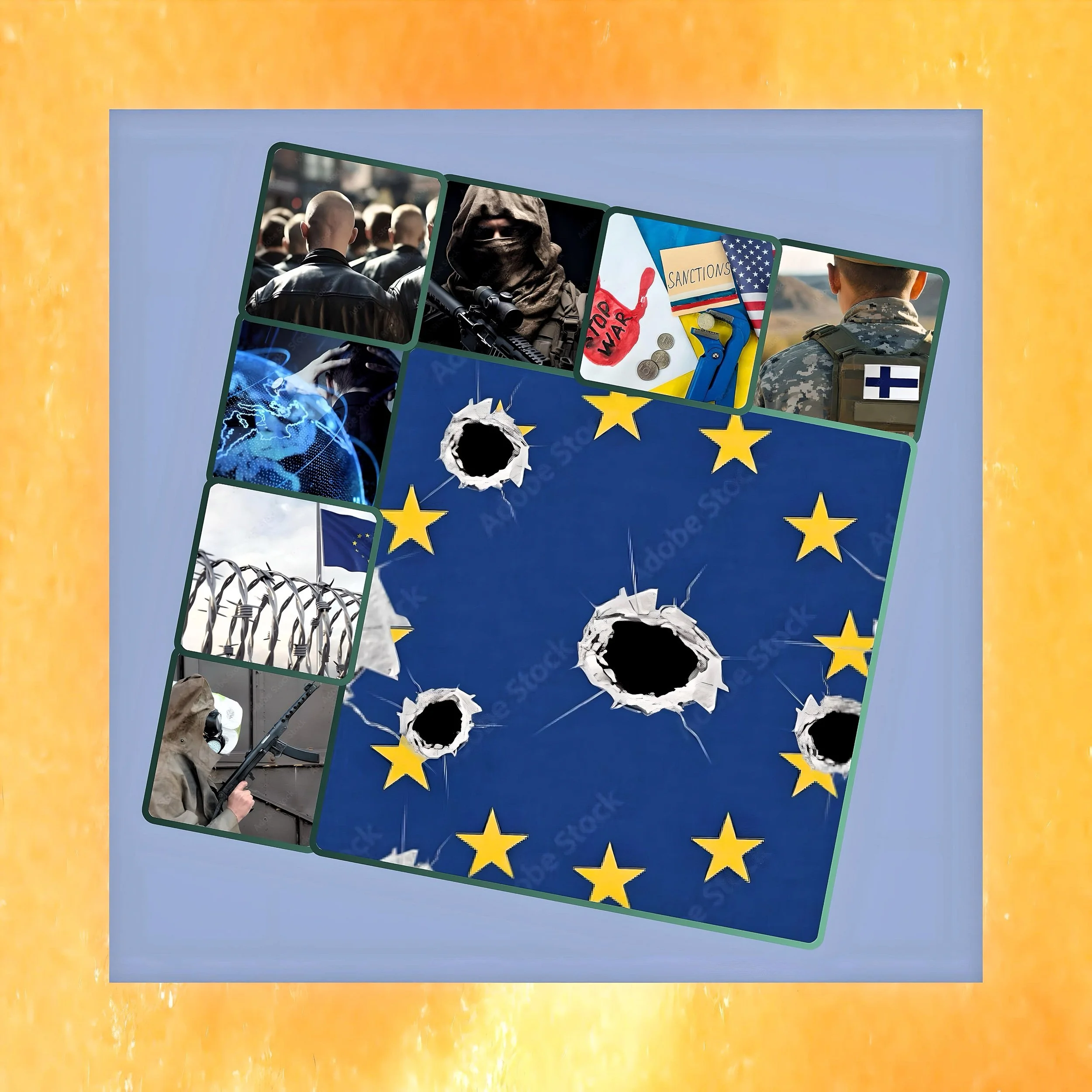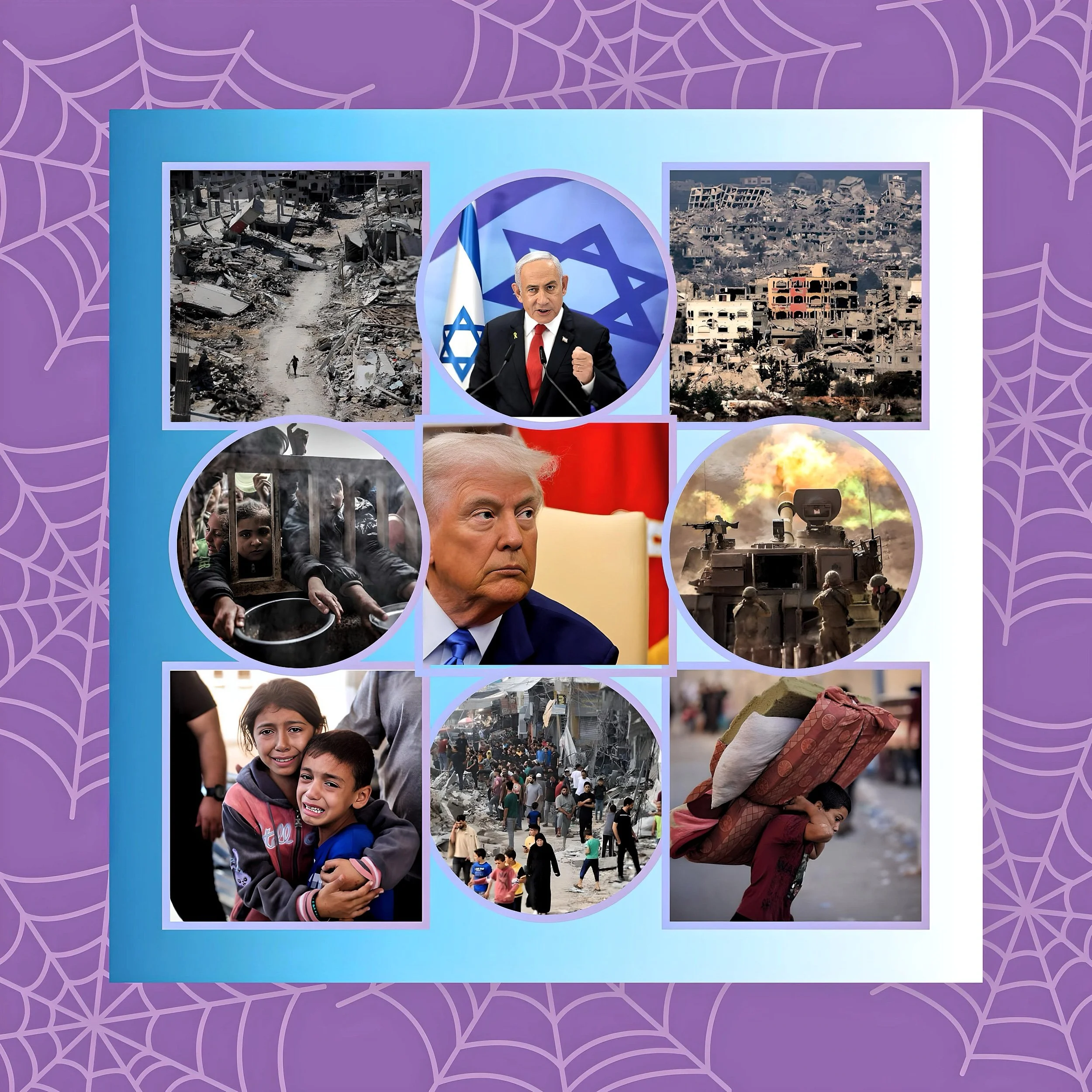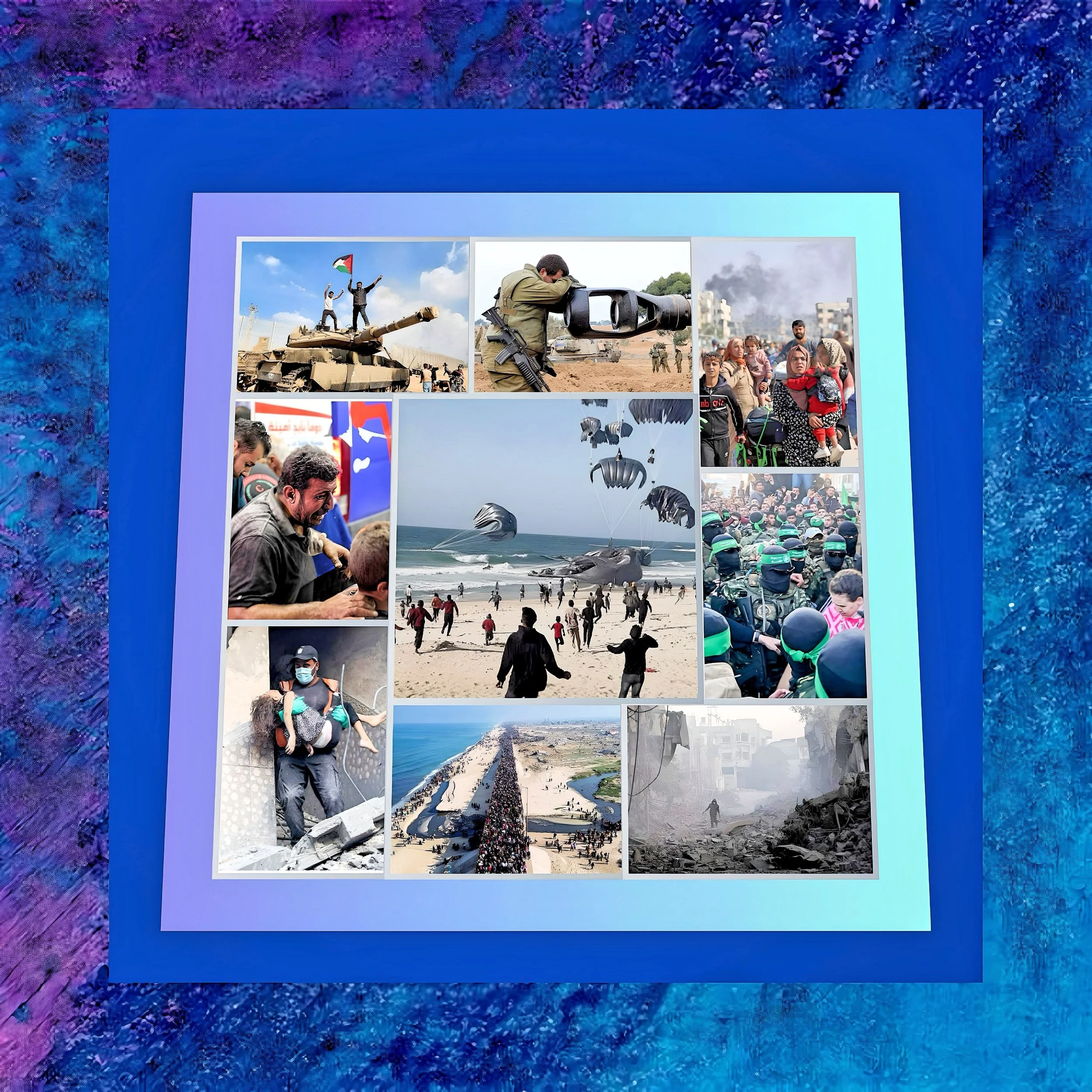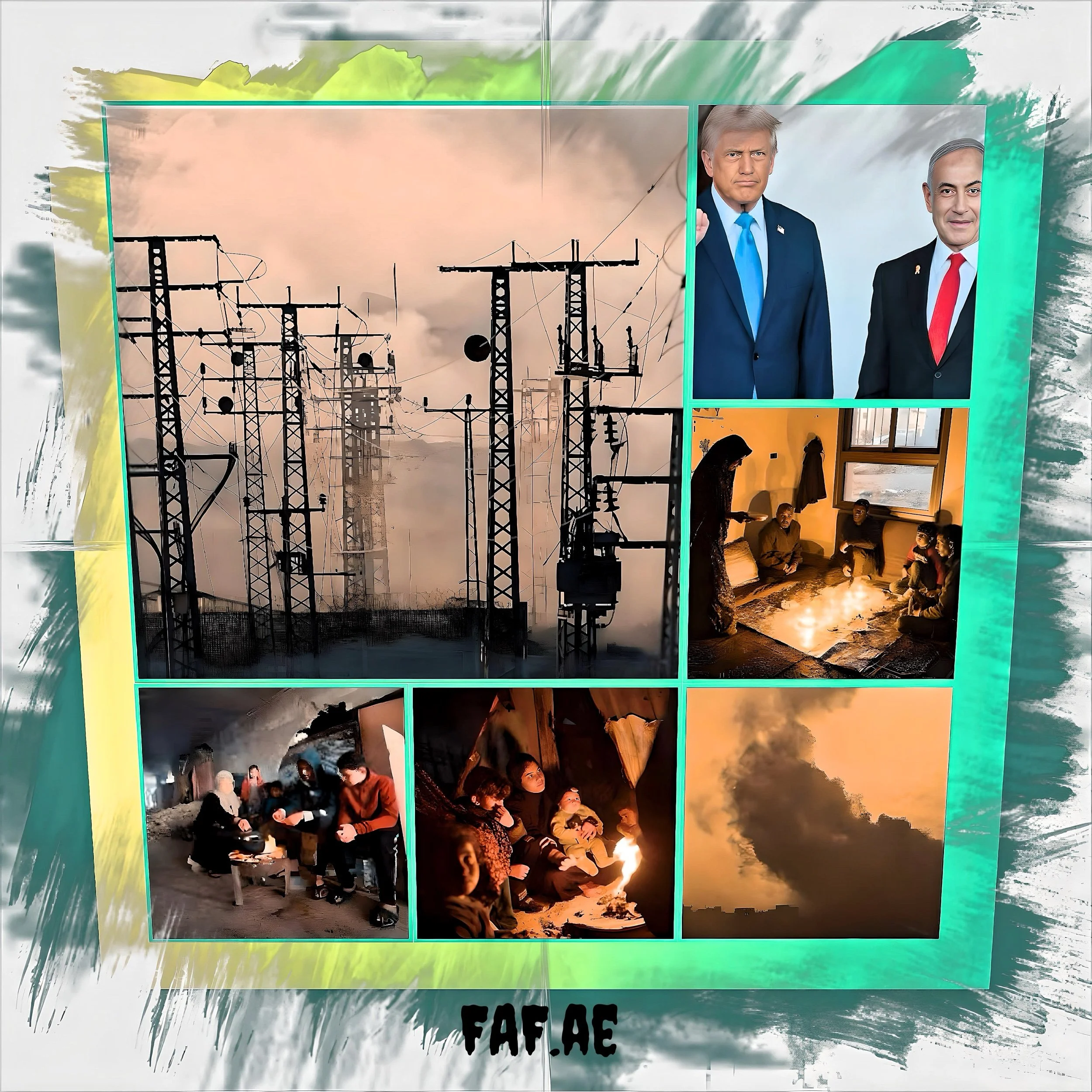Escalating Tensions in Gaza: Assessing the Imminent Risk of Renewed Conflict
Introduction
The Gaza Strip enters 2025 under the shadow of a fragile ceasefire, systemic political instability, and unresolved geopolitical tensions that threaten to reignite large-scale conflict.
Despite temporary pauses in hostilities, the absence of a coherent post-war governance framework, ongoing military provocations, and entrenched ideological opposition to compromise from key stakeholders create conditions ripe for renewed violence.
This article analyzes the multifaceted risks of resumed attacks on Gaza, drawing on military developments, political dynamics, humanitarian crises, and regional power struggles to forecast scenarios for the coming year.
Political Dynamics Within Israel and Gaza
Netanyahu’s Coalition and Far-Right Pressures
Prime Minister Benjamin Netanyahu’s coalition government remains dependent on far-right ministers who reject concessions in Gaza.
Finance Minister Bezalel Smotrich and National Security Minister Itamar Ben-Gvir have repeatedly threatened to collapse the government if Netanyahu agrees to a permanent ceasefire or prisoner-hostage swaps with Hamas.
Their insistence on “total victory” over Hamas—a nebulous objective given the group’s decentralized structure—limits Netanyahu’s flexibility, as compromise risks fracturing his political base.
This dynamic incentivizes continued military action to placate coalition partners, even as public support for prolonged conflict wanes.
Hamas’s Survival and Governance Vacuum
Despite losing territorial control, Hamas retains latent influence in Gaza through its social services networks and guerrilla capabilities.
Israeli military operations degraded Hamas’s battalions but failed to dismantle its political infrastructure or prevent recruitment.
With no viable Palestinian Authority (PA) or international plan to fill the governance void, Hamas is positioned to exploit reconstruction delays and public disillusionment to reassert authority.
Egypt’s proposal for a technocratic interim government faces skepticism, as Hamas and the PA vie for legitimacy.
Trump Administration’s Ambiguous Role
The Trump administration’s Middle East policy introduces volatility.
While President Trump has nominated officials aligned with Netanyahu’s agenda, his contradictory pledges to “end all wars” and support Israeli security objectives create uncertainty.
Trump’s call for Gaza’s depopulation—echoed by Israeli officials advocating “voluntary emigration”—has drawn international condemnation and risks triggering mass protests or retaliatory violence.
Military and Security Developments
Buffer Zones and Low-Intensity Conflict
Israel’s expanded buffer zone along Gaza’s border, now covering 10% of the territory, remains a flashpoint.
The Israel Defense Forces (IDF) enforce a 700-meter exclusion area with live fire, killing at least 12 Palestinians since the ceasefire began.
These zones, deemed critical for border security, shrink Gaza’s habitable land and heighten tensions with farmers and displaced communities.
Clashes in these areas could escalate into broader hostilities, particularly if Hamas seeks to challenge IDF dominance symbolically.
Hezbollah and Iranian Proxy Threats
The Gaza war has intensified regional proxy conflicts.
Hezbollah’s cross-border attacks from Lebanon and Iranian-backed Houthi strikes from Yemen have drawn Israeli retaliation, complicating ceasefire efforts.
With Iran reaffirming support for Hamas and Hezbollah, any miscalculation in these theaters could spill over into Gaza, providing pretexts for resumed IDF operations.
Hamas’s Military Posture
Hamas continues to reconstitute its forces using underground workshops and smuggled arms.
Despite losing 60% of its pre-war arsenal, the group has adopted guerrilla tactics, ambushing IDF patrols and rebuilding rocket stockpiles.
IDF withdrawals from Jabaliya and Khan Younis have allowed Hamas to reinfiltrate urban centers, setting the stage for renewed urban warfare.
Humanitarian Crisis as a Catalyst for Conflict
Famine and Infrastructure Collapse
Northern Gaza faces imminent famine, with 133,000 Palestinians in catastrophic food insecurity and 1.84 million at emergency levels.
Israel’s blockade restrictions on aid convoys—partially eased under ceasefire terms—remain a point of contention.
The collapse of healthcare, water, and sanitation systems has left 111,000 injured Palestinians without adequate care, fueling public anger. Hamas could leverage this despair to recruit fighters or justify resuming attacks.
Displacement and Housing Shortages
Over 1 million Gazans remain homeless, with 47,000 killed and 61,700 missing under rubble.
Egypt’s reconstruction plan, requiring $53.2 billion, faces funding shortfalls and Israeli obstruction of material imports.
Delays in rebuilding could radicalize displaced populations, particularly youth, creating a recruitment pool for armed groups.
Strategic Forecasts and Risk Assessment
Scenario 1: Limited IDF Incursions (Probability: 95 %)
The most likely scenario involves periodic IDF incursions to target Hamas commanders or weapons caches, akin to pre-2023 “mowing the grass” tactics.
Such operations would respond to Hamas provocations but avoid full-scale war. However, collateral damage and civilian casualties could erode ceasefire legitimacy, triggering retaliatory rocket fire.
Scenario 2: Full-Scale Resumption of War (Probability: 30%)
Netanyahu’s government may opt for a decisive campaign if Hamas regains significant military capacity or conducts a high-profile attack.
This would involve aerial bombardment and ground invasions of Rafah and central Gaza, areas spared in 2023–24.
Such a campaign would face international backlash but could temporarily unite Israel’s fractured polity.
Scenario 3: Sustained Ceasefire (Probability: 10%)
A lasting truce would require Hamas releasing all hostages, Israel permitting unfettered aid, and third-party peacekeepers deploying.
While Egypt and Qatar push for this outcome, mutual distrust and spoilers on both sides make it improbable without U.S. pressure on Israel and Iranian restraint.
Conclusion
Gaza’s trajectory in 2025 hinges on three variables: Netanyahu’s ability to resist far-right demands for escalation, Hamas’s success in leveraging governance failures, and international diplomacy’s capacity to address root causes.
The absence of political solutions—particularly Palestinian statehood and Hamas’s integration into a unity government—leaves military solutions as default options.
With buffer zone skirmishes ongoing, famine looming, and proxy conflicts simmering, the risk of renewed war remains acute.
Preventive measures must prioritize aid delivery, interim governance structures, and U.S.-led pressure to curb extremist factions in both Israel and Gaza.
Without these steps, 2025 may witness Gaza’s fourth major conflict in two decades.
FAF additional review
As we reflect on the situation in the region, we must acknowledge the complex realities that exist for everyone involved. The West Bank is already experiencing significant changes, and now it appears that Gaza may face similar challenges.
What remains in Gaza is a heart-wrenching mix of destruction, the presence of Hamas, innocent civilians, and the feelings of those who aspire for peace amidst this turmoil.
We cannot overlook the impact of external motivations, as some suggest that political ambitions may influence decisions affecting the lives of countless people.
It’s important to recognize that there are concerns among Arab nations, prompting emergency meetings within the Arab League as they navigate the pressures of this situation; their unity is vital during such tumultuous times.
Moreover, there is a prevailing sentiment of distrust towards the Israeli government.
Prime Minister Netanyahu finds himself caught between pressures from various factions, facing the stark reality of historical consequences that could define his legacy.
The narrative of displacement and suffering faced by Palestinians deserves acknowledgment, as history has a way of revealing truths to future generations.
The pursuit of empathy, which once echoed in the cries of Holocaust survivors, seems to have morphed into actions by some that contradict the values of compassion and justice.
It is vital for all of us to advocate for understanding and healing rather than further division.
Warmonger mindsets only perpetuate cycles of conflict and suffering; let’s collectively work towards fostering dialogue, peace, and mutual respect.

